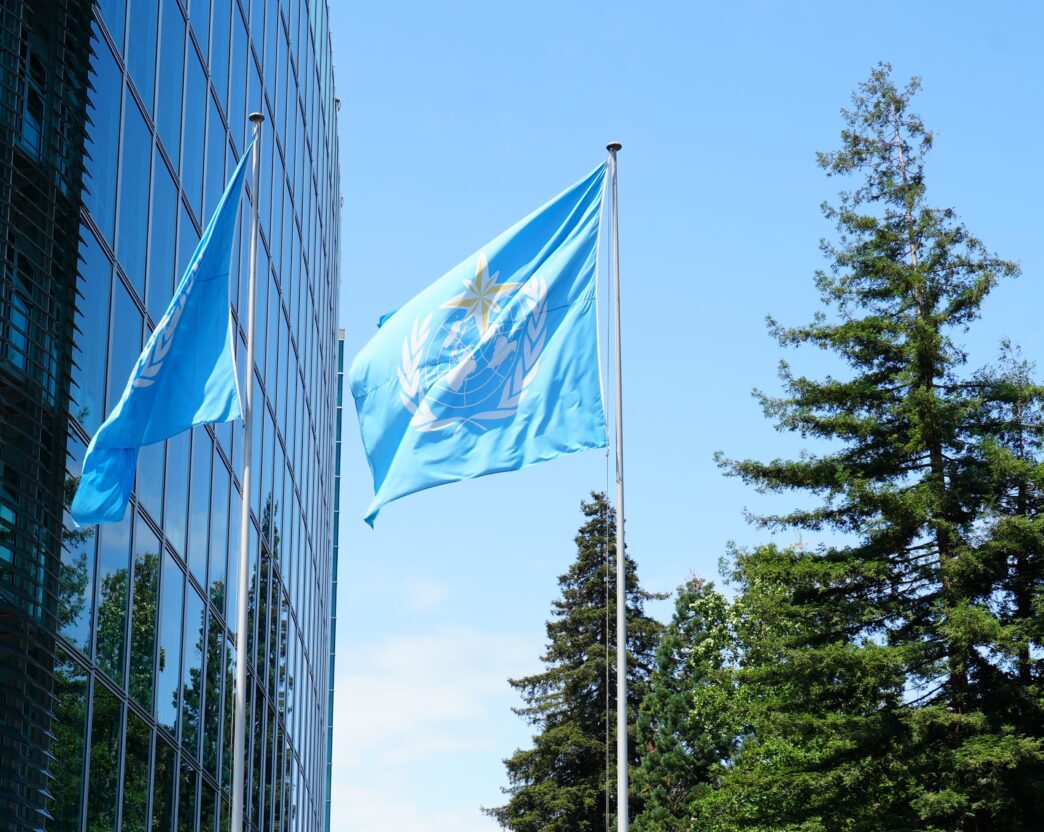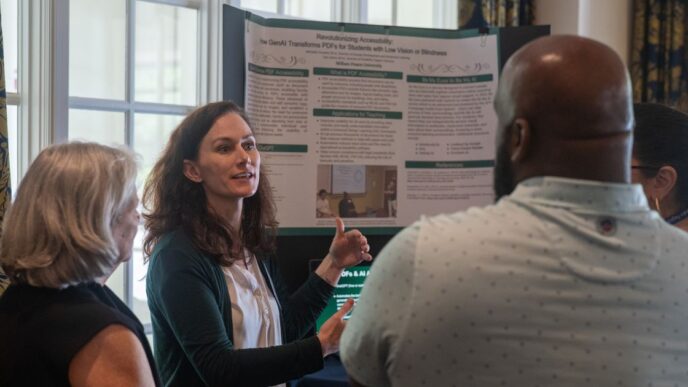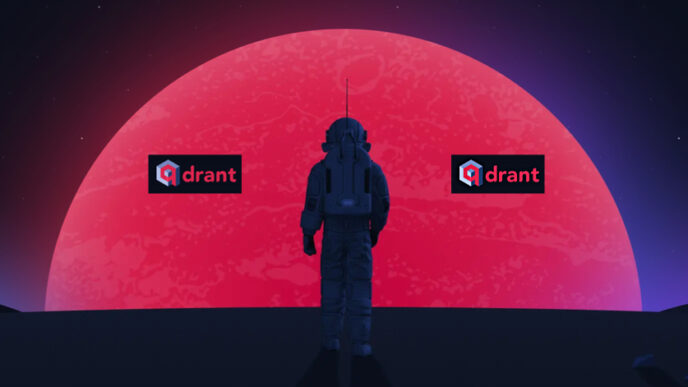WMO is doubling down on AI to boost weather forecasts and early warnings – but cautions it’s no magic fix.
The World Meteorological Organization’s Executive Council is pushing hard to adopt AI and machine learning for climate, meteorology, and hydrology. AI is already embedded in many national weather services but the WMO says research and real-world use will ramp up over the next decade.
Abdulla Al Mandous, chair of WMO’s Executive Council, called AI adoption vital but tricky.
“AI is rapidly reshaping how we work, creating a demand for new skills and increased adoption of AI Technology. We need to embrace this challenge, balancing short-term caution with long-term engagement with AI innovation and its expansion,” Abdulla Al Mandous stated.
The WMO is focused on keeping AI tools reliable, sustainable, and compliant with its standards, especially the WMO Integrated Processing and Prediction System (WIPPS).
A high-level session recently brought together WMO leaders, Big Tech, and academics to hash out AI’s big opportunities and challenges in Earth system science.
Meanwhile, the WMO is under pressure to do more with fewer resources as it aims to deliver Early Warning services for everyone worldwide by 2027. WMO President says it’s “within reach” thanks to key programs like the Systematic Observations Financing Facility and the Climate Risk and Early Warnings Systems Initiative.
Celeste Saulo, WMO Vice-President, said the organization’s main hurdle isn’t communication but strategic positioning within the UN system.
“This is not a communication problem. It is a strategic positioning challenge. And it is solvable — if we align our narrative with broader global priorities, and if we demonstrate impact in terms that others understand,” Celeste Saulo said.
She pushed for linking key WMO data and warning services to diplomacy, security, public trust, and peace.
“What we offer is not minor. It is essential infrastructure. It is continuity. It is foresight. And it is global public good in its purest form,” Saulo added.
The WMO looks to AI as a big part of weather and climate innovation — but with clear-eyed caution about its limits and big strategic bets on global early warning coverage.
EC-79 Opening Session (16 June 2025) — WMO
A large group outside WMO HQ, June 2025














